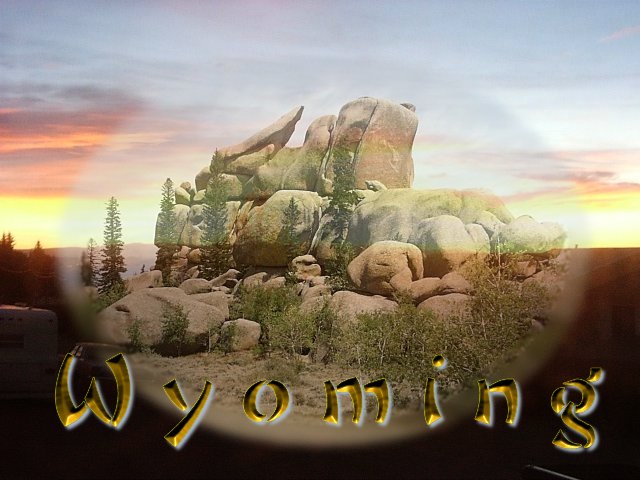 Grand Teton National Park is the destination of more than 3 million vistors a year who are searching for a vacation spot that provides scenic splendor, a varied ecosystem with abundant wildlife, and excellent recreational opportunities. The Teton Range is the focal point of the park, rising more than 7,000 feet above the floor of Jackson's Hole which borders the mountains on the east. The steep eastern front of the range is unique in the Rocky Mountains and is the result of erosion of the Precambrian crystalline rocks along the steeply dipping Teton normal fault. The summit of the Grand Teton stands 13,770 feet above sea level and is the second highest summit in the state of Wyoming.
Grand Teton National Park is the destination of more than 3 million vistors a year who are searching for a vacation spot that provides scenic splendor, a varied ecosystem with abundant wildlife, and excellent recreational opportunities. The Teton Range is the focal point of the park, rising more than 7,000 feet above the floor of Jackson's Hole which borders the mountains on the east. The steep eastern front of the range is unique in the Rocky Mountains and is the result of erosion of the Precambrian crystalline rocks along the steeply dipping Teton normal fault. The summit of the Grand Teton stands 13,770 feet above sea level and is the second highest summit in the state of Wyoming.
The bedrock of the Teton Range is primarily ancient, hard crystalline rock including darker-colored metamorphic rocks (such as the Mt. Moran Gneiss) and lighter-colored igneous rocks (such as the Mt. Owen Granite) (Fig. 2). These rocks were formed during the Archean portion of Precambrian time, prior to 2.5 billion years ago, and were subsequenty intruded by later Precambrian (Proterozoic) dark-colored diabase dikes around 1.1-1.3 billion years ago. The best exposure of these dikes is on the eastern face of Mt. Moran where the "Black Dike" extends from the summit of the peak downward to Leigh Lake on the floor of the valley. The geologic map and cross section portray these Precambrian crystalline rocks in purple.



Back to Top
Text and all pictures except my one were borrowed from Travels with Geology. For queries regarding this page, email the webmaster.


 Grand Teton National Park is the destination of more than 3 million vistors a year who are searching for a vacation spot that provides scenic splendor, a varied ecosystem with abundant wildlife, and excellent recreational opportunities. The Teton Range is the focal point of the park, rising more than 7,000 feet above the floor of Jackson's Hole which borders the mountains on the east. The steep eastern front of the range is unique in the Rocky Mountains and is the result of erosion of the Precambrian crystalline rocks along the steeply dipping Teton normal fault. The summit of the Grand Teton stands 13,770 feet above sea level and is the second highest summit in the state of Wyoming.
Grand Teton National Park is the destination of more than 3 million vistors a year who are searching for a vacation spot that provides scenic splendor, a varied ecosystem with abundant wildlife, and excellent recreational opportunities. The Teton Range is the focal point of the park, rising more than 7,000 feet above the floor of Jackson's Hole which borders the mountains on the east. The steep eastern front of the range is unique in the Rocky Mountains and is the result of erosion of the Precambrian crystalline rocks along the steeply dipping Teton normal fault. The summit of the Grand Teton stands 13,770 feet above sea level and is the second highest summit in the state of Wyoming.


